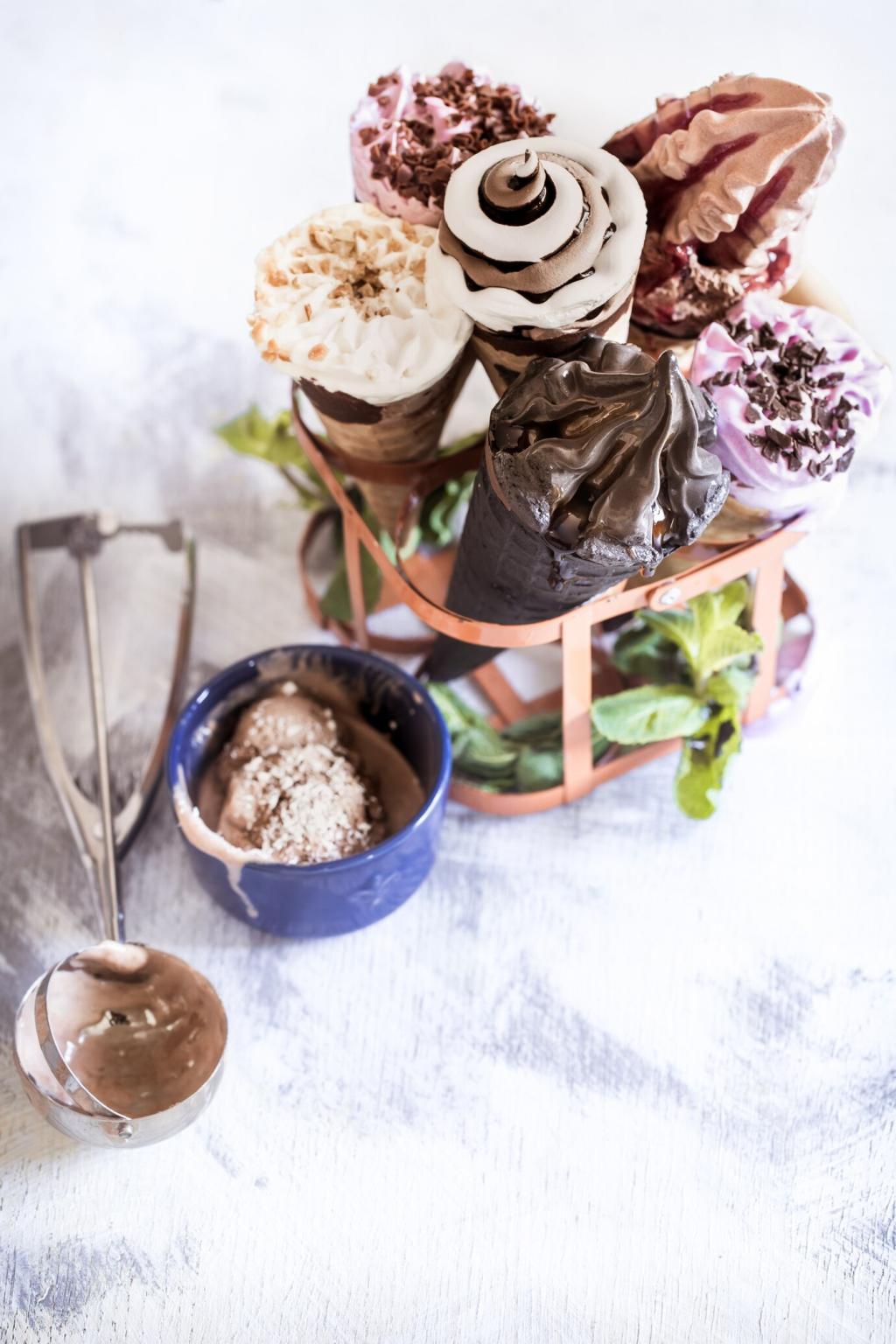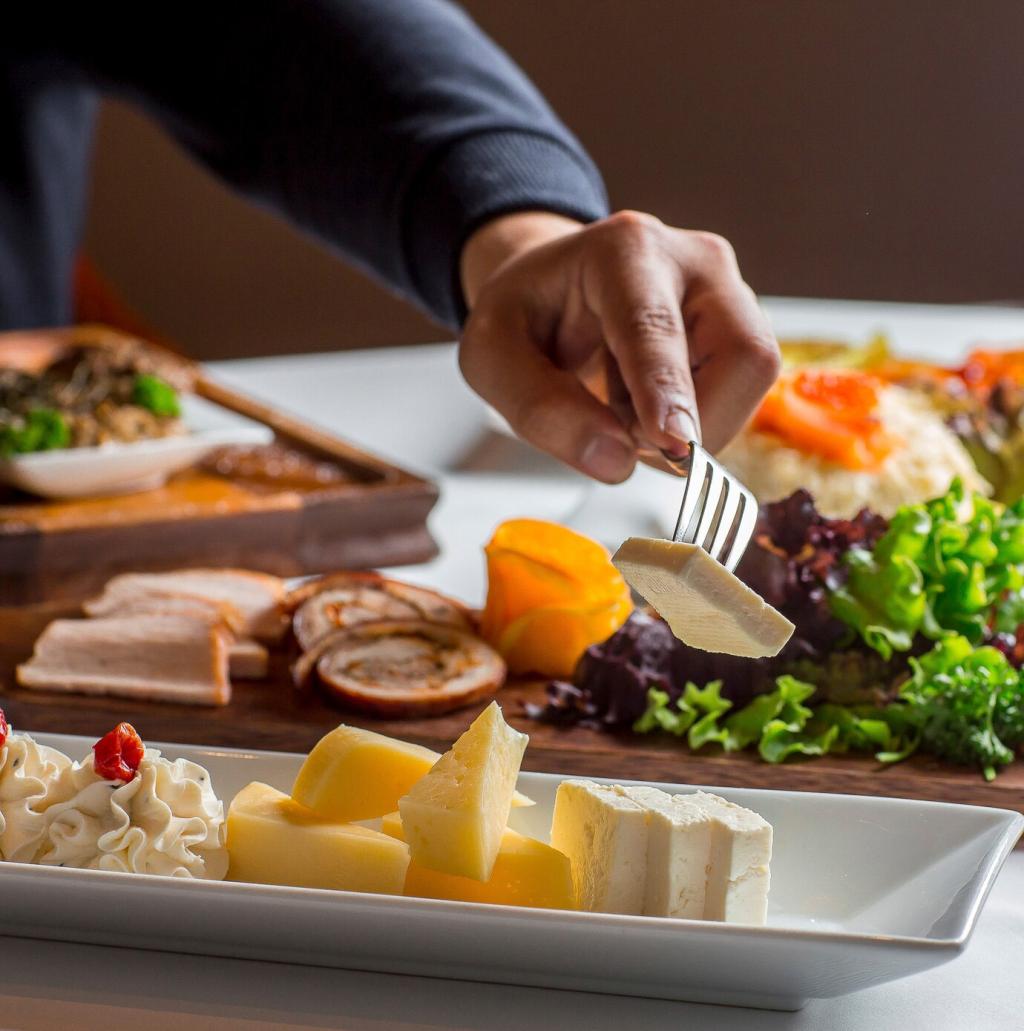
The Art of International Flavors
Delving into the art of international flavors offers a unique journey across cultures, traditions, and culinary boundaries. Every dish tells a story—of vibrant markets, aromatic spices, and communities sharing deeply rooted customs. Exploring these flavors is more than just a taste experience; it is an invitation to savor the diversity and creativity embedded in global cuisines. From the bustling street food stalls of Southeast Asia to the sophisticated kitchens of Europe, international flavors represent a mosaic of humanity’s relationship with food. Discover how ingredients, techniques, and stories fuse to transform the ordinary act of eating into an extraordinary celebration of culture and taste.

Geography is one of the greatest factors that shape regional cuisines, with soil, climate, and natural resources dictating what people grow and eat. The lush valleys of India favor rice puddings drenched in cardamom and saffron, while Mediterranean coastal regions thrive on olive oil, sun-ripened tomatoes, and fresh seafood. Every landscape contributes distinct flavors and ingredients to its traditional table, resulting in unforgettable taste experiences. Geography does not just influence what ends up on a plate; it shapes the very identity of food traditions. By tracing food origins, we can better appreciate why certain flavors prevail in specific corners of the world.

Throughout history, trade routes and migration patterns have been responsible for the global dissemination of spices, ingredients, and culinary practices. The Silk Road and maritime trading paths enabled pepper, cinnamon, and chilies to reach new continents, drastically altering regional cuisines. Migration allowed cultures to intermingle and share their kitchen secrets, resulting in fusion dishes that blend techniques and flavors from different origins. The impact of trade and migration is visible in everything from the fiery curries of Southeast Asia to the tomato-laden plates of Southern Italy, creating a delicious tapestry of global flavors.

Modern international cuisine is in constant evolution, driven by curiosity, creativity, and the accessibility of ingredients from around the world. Chefs and home cooks alike experiment with blending flavors, honoring heritage while daring to innovate. The global community’s interconnectedness means that traditional boundaries blur, resulting in unexpected flavor combinations and reimagined classics. This ever-changing mosaic encourages us to be adventurous, embracing new tastes and respecting the roots from which they originate. Contemporary culinary artistry lies in balancing authenticity with modern interpretations, inviting everyone to take part in the creative process.
Essential Elements: Ingredients that Define Cultures
Spices are much more than mere seasonings; they are at the heart of countless world cuisines, lending complexity and character to each dish. From the robust flavor of Mexican chilies to the aromatic warmth of Ethiopian berbere, these accents transform the ordinary into the extraordinary. Spices have historically served as currency, medicine, and a means of cultural exchange, shaping the course of civilizations. Their careful blending is an art form, often jealously guarded through generations. To taste the depth of a culture’s food is often to savor the story of its people, told through layers of spice.
The staples that form the base of most meals—such as rice, wheat, maize, and tubers—are the unsung heroes of global cuisine. Each region’s choice of grain or starch reveals much about local climate and agricultural practices. In West Africa, cassava and yam are central to many beloved recipes, while East Asia leans heavily on rice and noodles. Even within the same staple, methods of preparation can vary dramatically, resulting in different textures, flavors, and uses. These foundational ingredients provide the structure upon which distinctive culinary traditions are built, anchoring people to their land and culture.
A single spoonful of sauce or a dash of condiment can instantly evoke a particular region. These flavorful additions serve to amplify, balance, or contrast the main ingredients, often providing the signature taste of a cuisine. Fish sauce in Southeast Asia, chimichurri in Argentina, and harissa in North Africa all illustrate how local condiments become cultural icons. Beyond taste, they often carry important symbolism or are tightly woven into communal rituals. The making and sharing of sauces is a point of pride, and recipes are handed down much like precious heirlooms, reflecting the personality and preferences of each culture.

Previous slide
Next slide
